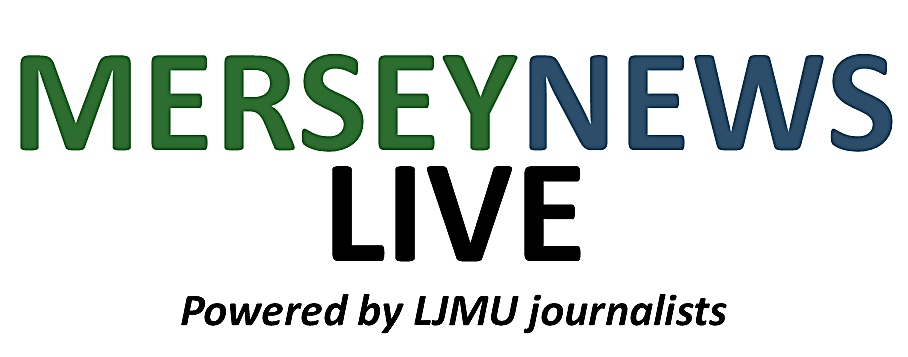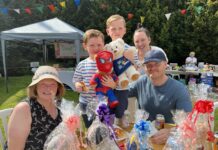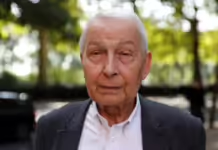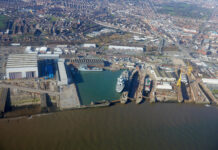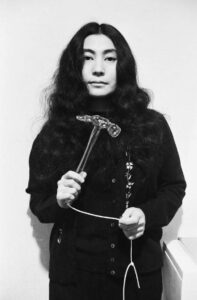
Tate Modern will present the UK’s largest exhibition of artist and activist Yoko Ono’s work in February.
Spanning seven decades of the artist’s powerful, multidisciplinary practice from the mid-1950s to now, Yoko Ono: Music of the Mind will trace the development of her innovative, unique work and its enduring impact on contemporary culture.
Conceived in close collaboration with Ono’s studio, the exhibition at London’s Tate Modern will bring together over 200 of her works.
The Japanese conceptual artist is known as a trailblazer of early participatory art, film and performance. She is also a celebrated musician, and a formidable campaigner for world peace.
Ideas are central to her work, and are often expressed in different ways – through poetry, and humour. The exhibition will start by exploring her crucial role in experimental avant-garde circles in New York and Tokyo.
Previously unseen photographs will show Ono’s first ‘instruction paintings’ at her loft studio: 112 Chambers Street in New York. The typescript draft of Ono’s ground-breaking self-published anthology Grapefruit, compiling her instructions written between 1953 and 1964, will be displayed in the UK for the first time.
Visitors will be invited to activate Ono’s instructions, concealing themselves in the interactive work Bag Piece 1964 – first performed by Ono in Kyoto.
The heart of the exhibition will chart Ono’s radical works created during her five-year stay in London from 1966.
Key installations from Ono’s influential exhibitions at Indica and Lisson Gallery will also feature.
Ono has increasingly used her art and global media platform to advocate for peace and humanitarian campaigns, initially collaborating with her late husband John Lennon. Acorns for Peace 1969 saw Ono and Lennon send acorns to world leaders, while the billboard campaign ‘WAR IS OVER!’ (if you want it) 1969 used the language of advertising to spread a message of peace.
The film BED PEACE 1969 documents the second of the couple’s infamous ‘bed-in’ events staged in Amsterdam and Montreal, during which they spoke with the world’s media to promote world peace amid the Vietnam War.
Gallery windows overlooking the River Thames will feature the artist’s powerful intervention, PEACE is POWER, first shown 2017, translated into multiple languages, while the interactive artwork Wish Tree, first realised 1996, will greet visitors at the entrance to Tate Modern, inviting passers-by to contribute individual wishes for peace.
Ono was born in 1933 in Tokyo, and married three times: her final marriage was to Beatle John Lennon, who died in 1980.
Lennon first discovered his then-future wife’s art by looking through a magnifying glass at a small word written on the ceiling: ‘YES’.
Featured photo Clay Perry (c) Yoko Ono
